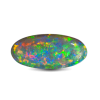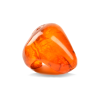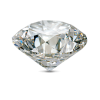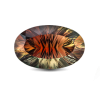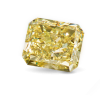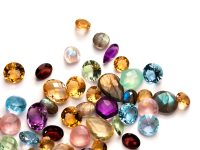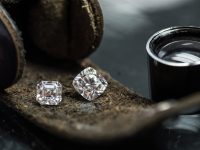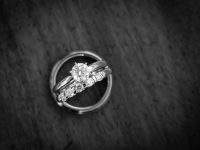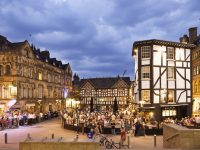Fancy Colour Diamond
Dazzling brilliance. Captivating color. The planet’s most valued gems are fancy color diamonds.
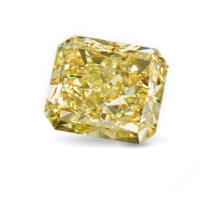
Fancy Colour Diamond Description
Diamonds in the normal color range are colorless through light yellow and are described using the industry’s D-to-Z color-grading scale. Fancy color diamonds, on the other hand, are yellow and brown diamonds that exhibit color beyond the Z range, or diamonds that exhibit any other color face-up. These rare specimens come in every color of the spectrum, including, most importantly, blue, green, pink, and red.
Gem diamonds in the D-to-Z range usually decrease in value as the color becomes more obvious. Just the opposite happens with fancy color diamonds: Their value generally increases with the strength and purity of the color. Large, vivid fancy color diamonds are extremely rare and very valuable. However, many fancy diamond colors are muted rather than pure and strong.
Fancy color diamonds come in almost any color you can imagine. Red, green, purple, and orange are generally the most rare, followed by pink and blue. Yellows and browns are the most common fancy colors, but they’re generally less valuable than the rarer colors.
Gemstone Details
- Mineral: Diamond
- Chemistry: C
- Color: All colors
- Refractive index: 2.42
- Birefringence: None
- Specific gravity: 3.52
- Mohs Hardness: 10
Birthstones and Anniversaries
Diamond is the birthstone for April and the gem of the 10th and 60th anniversaries. Fancy color diamond adds a unique twist to your celebration.
Fancy Colour Diamond Gemstone as rough
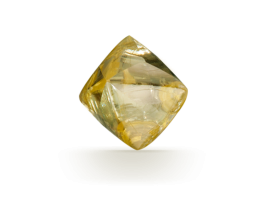
Blacks, grays, and fancy whites are considered fancies, too. Some have been fashioned into gems. The 67.50-carat Black Orloff diamond, named after the Russian Princess Nadia Vyegin-Orloff, is the most well-known example.
Spectacular prices in high-profile auctions are another factor in the increased awareness of fancy color diamonds. Not all fancy color diamonds command such high prices, however. Many people consider yellow and brown fancies less desirable than near-colorless stones of equal weight and clarity. And deeper yellows and browns are generally less valuable than other fancy colors.
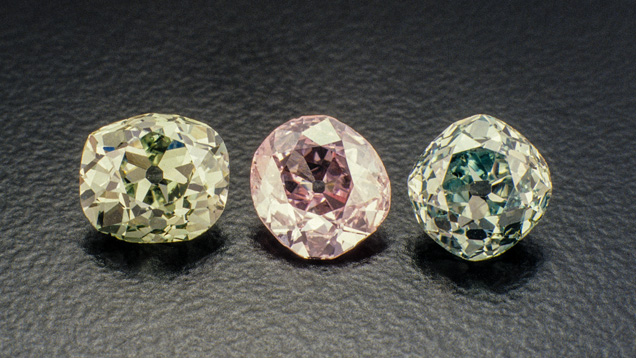
Fancy Colour Diamond History and Lore
The world’s first diamond color-grading system dates back to sixth-century India. The system was based on the country’s ancient class structure. Members of different status levels, or castes, were permitted to own and wear only diamonds of a specific color. Thus, diamonds served as a badge of rank.
The priests and rulers, the Brahmins, were allowed to own diamonds that were “whitest of the conch, of the lotus, or of the rock crystal” (white to colorless). The landowners and warriors were assigned diamonds that were “the brown color of the eye of the hare.” The merchant class was allowed to own only diamonds that were the “pretty nuance of a petal of a kadl [flower]” (yellow). And members of the lower classes were assigned diamonds with “the sheen of a burnished sword” (gray or black). Kings, however, were free to possess diamonds of any color.
Diamond color-grading systems have evolved a lot since that time. Today, there are well-established methods for judging diamond color based on much more than a comparison to conch shells, rabbits’ eyes, and flower petals. And the only restrictions to owning different colors are based on availability and affordability.
While fancy color diamonds have traditionally been a small part of the diamond business, their popularity and availability have grown in the past several decades. In the 1980s the Argyle mine in Australia began marketing its brown stones under trade names like “Champagne” and “Cognac.” Argyle reached its goal of making the public more aware of fancy color diamonds and dropped its marketing campaign in the late 1990s. Today, the Argyle mine still produces brown diamonds, but it’s more famous as the world’s major source of rare pink diamonds.
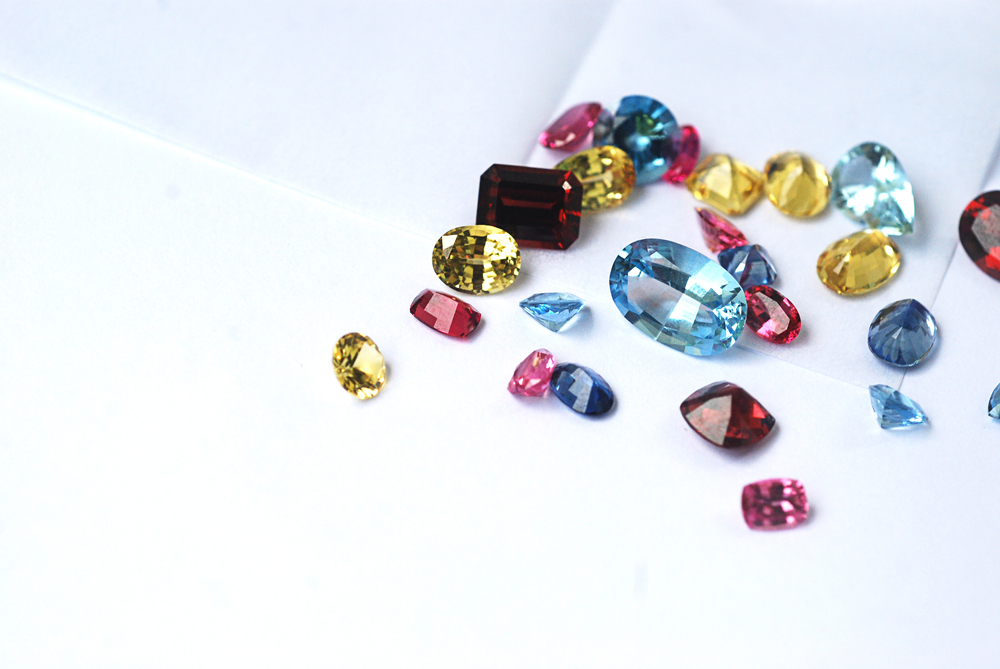
The most well-known historical and current sources of fancy color diamonds are India, South Africa, and Australia. Other diamond mine locations, including Brazil, Venezuela, Guyana, and Indonesia, also produce fancy color diamonds.
Facts about Fancy Colour Diamond Gemstone
RAREST OF THE RARE
Fancy color diamonds are the rarest of the rare. Each is one of a kind.
Red diamonds are so rare that only a handful are known to exist.
Less than one boron atom per million of carbon atoms can give a diamond a blue color.
Quality Factors
COLOUR
The most valuable hues are pink, blue, and green. Slight color differences can impact value.
CLARITY
Even diamonds with a low clarity grade are prized by connoisseurs if their color is attractive.
CUT
Fancy shapes like radiant cuts are commonly used to maximize the intensity of the color.
CARAT WEIGHT
In pink, blue, green and orange, even fancy color diamonds below a carat are rare and valuable.


